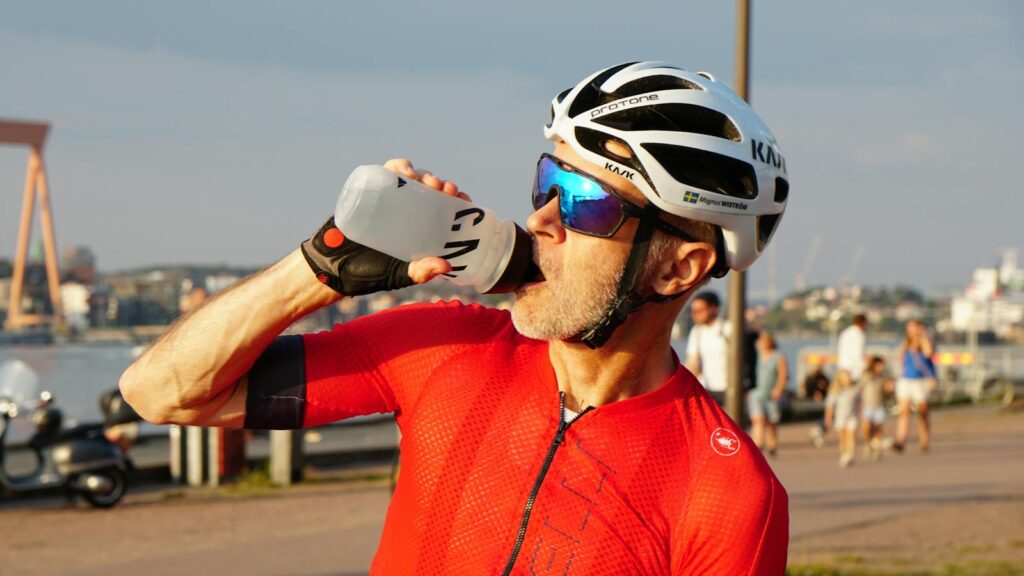Water is the most critical yet often overlooked aspect of cycling performance. Whether you’re a weekend warrior exploring local trails or a dedicated road cyclist covering significant distances, proper hydration directly impacts your endurance, cognitive function, and overall riding experience. Many riders underestimate their fluid needs, especially during challenging conditions, leading to preventable performance declines and potential health risks. The following hydration strategies will help you maintain optimal fluid balance, enhance your cycling experience, and potentially improve your performance on every ride.
Understanding Your Body’s Hydration Needs During Exercise
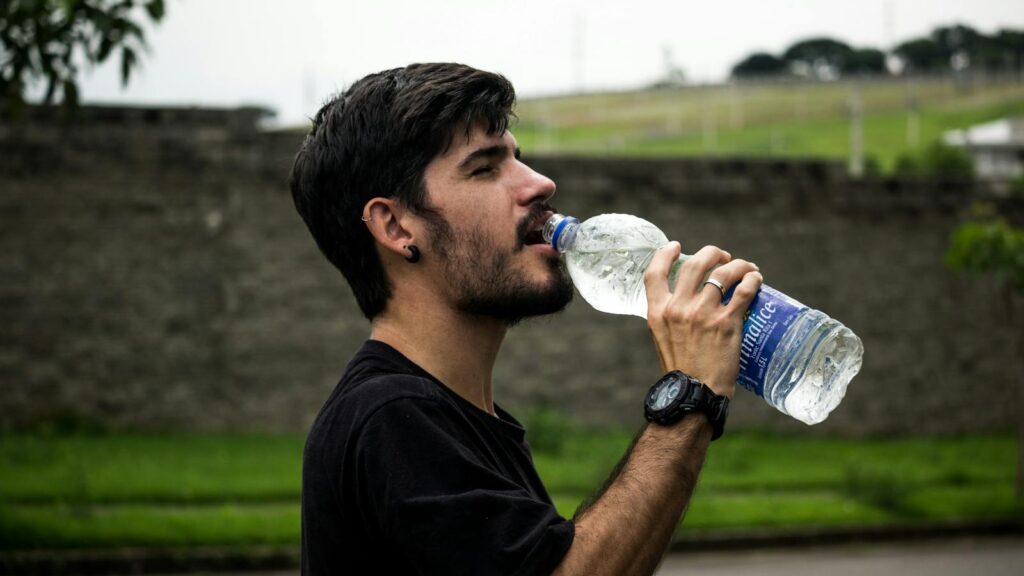
During physical activity like cycling, your body loses fluid primarily through sweat—sometimes at rates exceeding one liter per hour in hot conditions. This fluid loss isn’t just water but also includes essential electrolytes like sodium, potassium, and magnesium that regulate muscle function and prevent cramping. Individual sweat rates vary dramatically based on factors including your size, fitness level, acclimatization to heat, and genetic predisposition. Understanding your personal sweat rate can help you develop a more precise hydration strategy—try weighing yourself before and after rides (accounting for fluid consumed) to calculate your typical fluid loss per hour. This simple self-assessment provides valuable insight into your specific hydration requirements and can help you avoid both dehydration and its lesser-known counterpart, hyponatremia (dangerously low sodium levels from drinking too much plain water).
Pre-Ride Hydration: Building Your Foundation
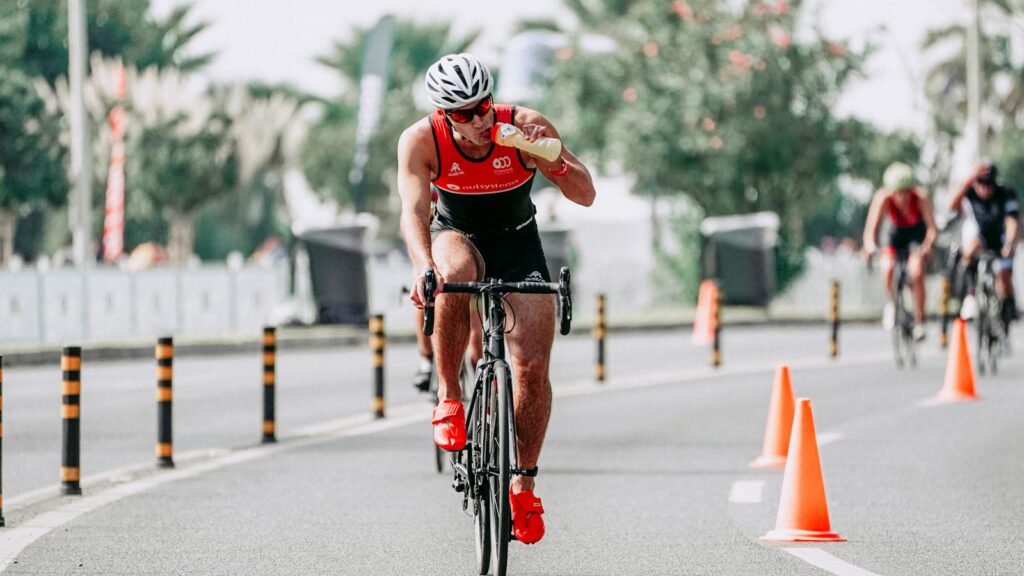
Effective hydration begins long before you clip into your pedals. Starting your ride in a well-hydrated state provides a crucial buffer against the inevitable fluid losses you’ll experience. Aim to consume approximately 16-20 ounces (500-600ml) of fluid in the two hours before your ride, allowing time for your body to process excess fluid before starting. This pre-ride hydration should include electrolytes, especially sodium, which helps your body retain the fluid rather than simply passing through your system. A practical approach is drinking approximately 8 ounces with breakfast if you’re riding in the morning, then sipping the remaining amount gradually as your departure time approaches. The color of your urine provides a reliable indicator of hydration status—aim for a pale straw color rather than clear or dark yellow, which indicate over-hydration or dehydration respectively.
Establishing an Effective During-Ride Drinking Schedule
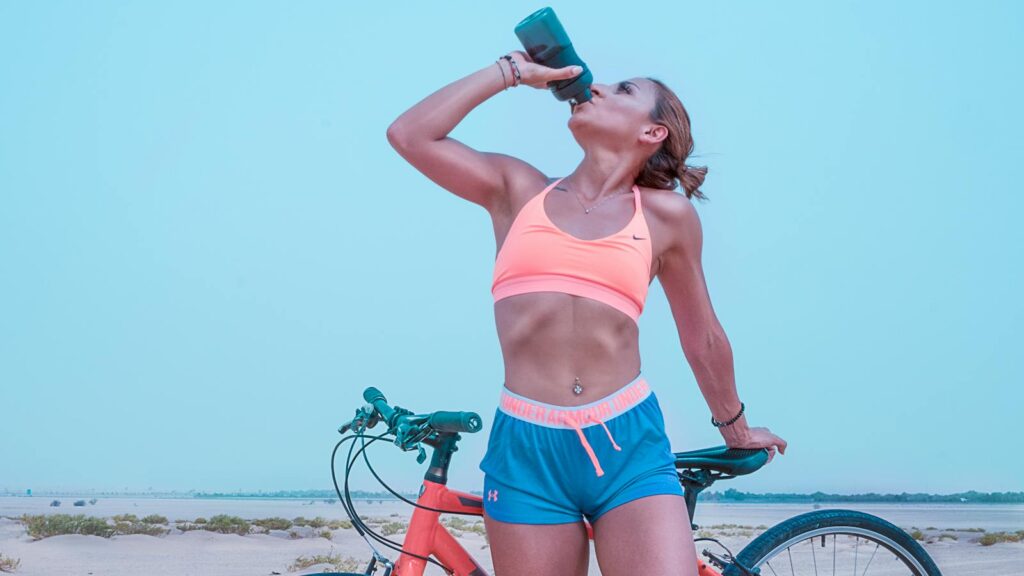
Relying solely on thirst as your hydration guide during cycling often leads to suboptimal fluid intake. By the time you feel thirsty, you’re already experiencing mild dehydration with potential performance impacts. Instead, develop a time-based drinking schedule that ensures regular fluid consumption throughout your ride. A general guideline is consuming 16-24 ounces (500-750ml) of fluid per hour, taking small sips every 10-15 minutes rather than large volumes infrequently. This approach maintains more consistent hydration levels and reduces stomach discomfort that can occur with gulping large amounts at once. Smart riders set timers on their cycling computers or watches to remind them to drink regularly, making hydration a disciplined habit rather than an afterthought. Remember that environmental conditions dramatically affect fluid needs—you may need to increase intake substantially in hot, humid conditions or at higher altitudes where respiration water loss increases.
Electrolyte Balance: The Critical Component Beyond Water

Water alone is insufficient for proper hydration during extended riding sessions, as continued sweat loss without electrolyte replacement can lead to dangerous imbalances. Sodium is particularly crucial as it helps maintain appropriate blood plasma volume and assists in fluid retention. For rides lasting beyond 60-90 minutes or conducted in hot conditions, your hydration solution should include approximately 500-700mg of sodium per liter of fluid. Potassium, magnesium, and calcium also play vital roles in preventing muscle cramps and supporting proper neuromuscular function. Commercial sports drinks provide convenient electrolyte sources, but many contain unnecessary additives and excessive sugar; electrolyte tablets that dissolve in water offer a more customizable alternative. Some riders develop more sophisticated approaches like using different concentrations for different weather conditions—higher electrolyte content for hot weather and lighter solutions for cooler conditions.
Hydration Pack vs. Water Bottles: Choosing Your Delivery System
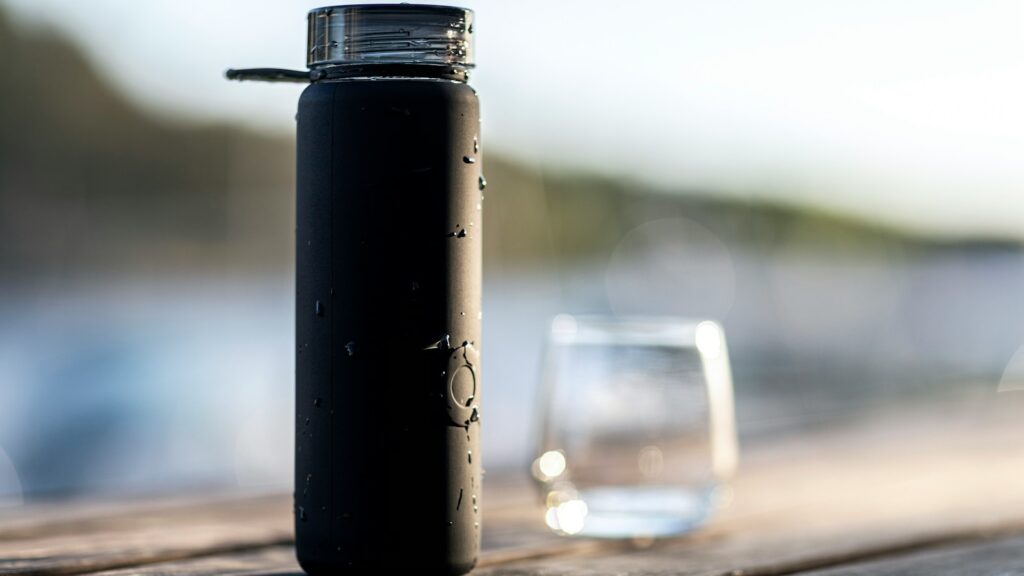
Your choice of hydration delivery system significantly impacts your fluid consumption patterns during rides. Traditional water bottles provide simplicity and easy cleaning but require reaching down to access, which can be challenging on technical terrain or in group riding situations. Hydration packs offer hands-free drinking through convenient drinking tubes and typically carry larger volumes (2-3 liters), making them ideal for longer rides or routes with limited refill opportunities. Many mountain bikers prefer hydration packs for their stability during technical riding and additional storage capacity for tools and snacks. Road cyclists often favor bottles for their lighter weight, aerodynamic benefits, and quick visual assessment of remaining fluid. Some riders use hybrid approaches—bottles containing electrolyte solutions and backpacks with plain water, allowing them to manage both hydration and nutrition more precisely during challenging events.
Seasonal Hydration Adjustments: Winter vs. Summer Strategies
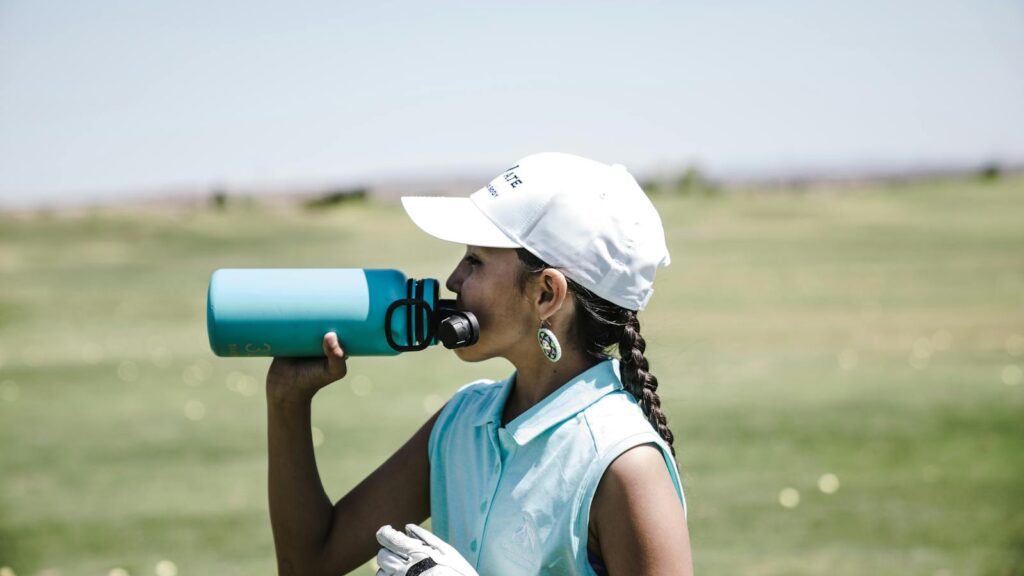
Your hydration approach should adapt seasonally as environmental conditions dramatically alter fluid requirements and drinking behaviors. During hot summer riding, fluid needs can increase by 50-100% compared to moderate conditions, and pre-cooling strategies like freezing bottles partially before rides helps maintain palatable drinking temperatures throughout your journey. Cold-weather riding presents different challenges—the body’s thirst mechanisms become suppressed in lower temperatures, while respiratory water losses increase in dry winter air. Additionally, the inconvenience of accessing hydration systems in multiple layers of winter clothing often leads to unconscious underhydration. Winter riders should consider insulated bottles or hydration packs with insulated tubes to prevent freezing, and warm fluids can provide psychological comfort that encourages more regular consumption. Year-round cyclists benefit from establishing consistent drinking habits regardless of season, as this helps maintain proper hydration even when environmental cues don’t trigger natural thirst responses.
Post-Ride Recovery Hydration: Completing the Cycle
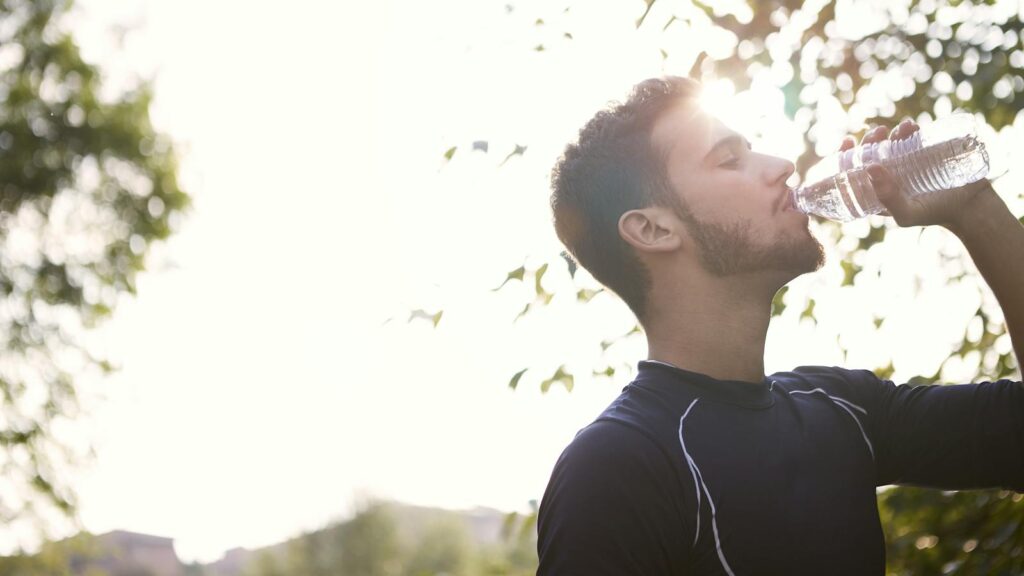
Effective hydration doesn’t end when your ride concludes—the recovery period represents a critical window for restoring fluid balance before your next training session. Research indicates replacing 150% of your calculated fluid loss provides optimal rehydration, accounting for continued sweating and urinary losses after exercise. This replacement should occur gradually over 4-6 hours rather than immediately, allowing your body to properly absorb and distribute the fluid. Including protein with your post-ride hydration accelerates glycogen replenishment while adding approximately 500mg of sodium per liter aids in fluid retention. Practical approaches include recovery-specific drinks with appropriate carbohydrate-to-protein ratios (typically 3:1 or 4:1) or simple combinations like chocolate milk with a pinch of salt. Monitoring your urine color in the hours following your ride provides valuable feedback on your rehydration progress—ideally returning to pale yellow within 4-6 hours signifies successful rehydration.
Recognizing Dehydration Warning Signs While Riding
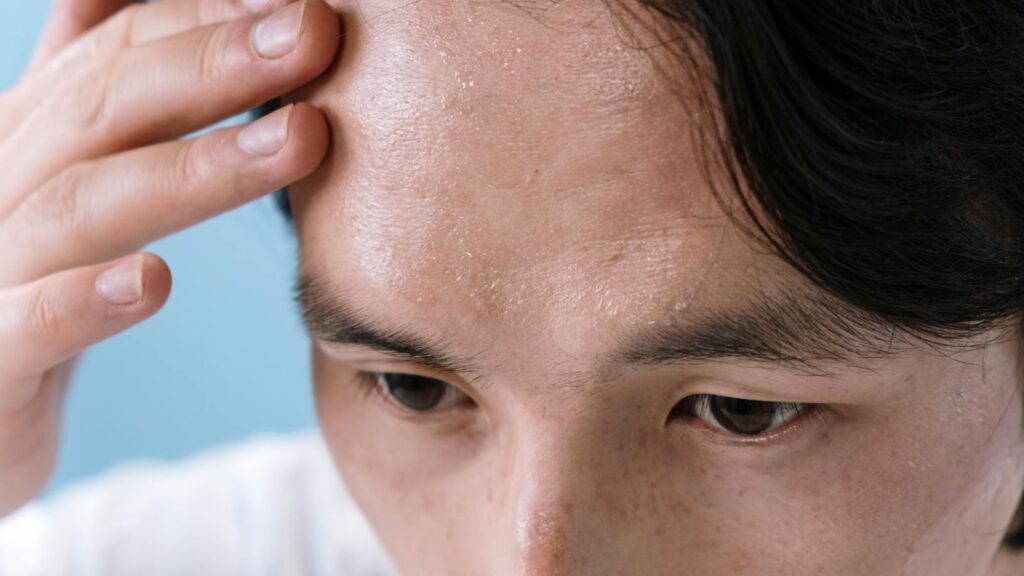
Identifying dehydration symptoms early allows for intervention before performance significantly degrades or health risks emerge. The earliest indicators often include a dry mouth, increased thirst, and darkening urine color, though these may be difficult to monitor during riding. More reliable cycling-specific signals include increased perceived exertion at familiar power outputs, elevated heart rate for given intensities, and difficulty concentrating on technical sections or navigation. As dehydration progresses, headaches typically develop alongside noticeable performance declines, with fluid losses exceeding 2% of body weight associated with approximately 10-20% decreases in endurance capacity. In severe cases, dizziness, irritability, and reduced coordination emerge, signaling the need for immediate hydration and possibly ride termination. Experienced riders develop heightened body awareness, learning to distinguish between normal fatigue and dehydration symptoms, particularly during challenging conditions when warning signs may be masked by other discomforts.
Hydration Considerations for Different Riding Disciplines
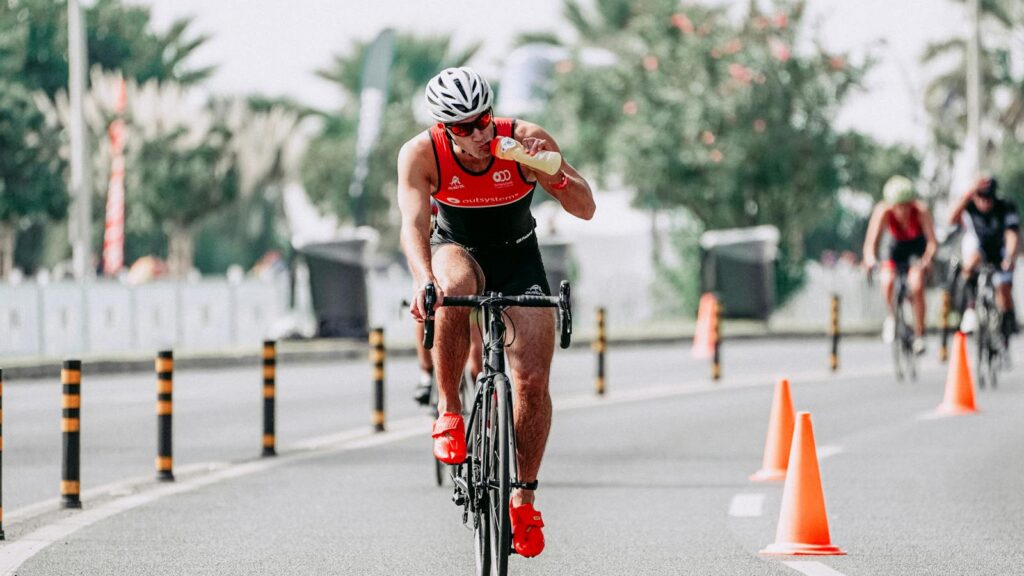
Various cycling disciplines present unique hydration challenges requiring specialized approaches. Mountain bikers navigating technical terrain often struggle with drinking opportunities, making hydration packs with bite valves essential for maintaining fluid intake without stopping. Gravel riders facing extended periods without support should calculate total water needs carefully, possibly carrying water purification tablets or filters for natural source refilling during all-day adventures. Road cyclists benefit from knowledge of convenience store locations along routes, carrying cash for emergency purchases, and potentially using concentrated electrolyte solutions that can be diluted when refill opportunities arise. Indoor training sessions on stationary bikes or trainers typically produce greater sweat rates due to limited airflow and cooling, necessitating increased fluid intake despite the seemingly less demanding environment. Competitive cyclists must practice their race-day hydration strategies during training, as mid-event experimentation often leads to digestive distress or impaired performance.
Caffeine and Alcohol: Their Impact on Cycling Hydration
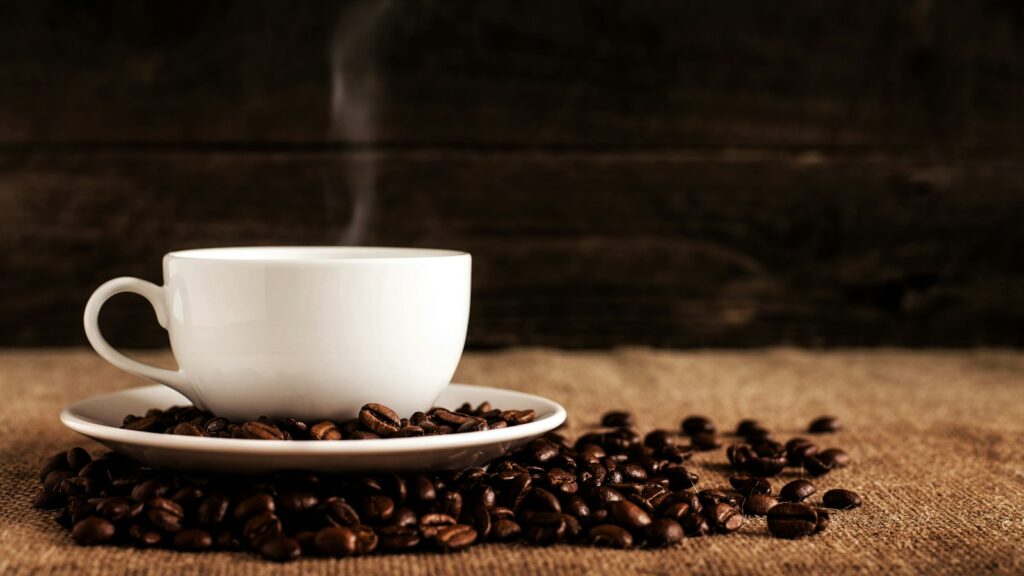
Many riders incorporate caffeinated beverages into their pre-ride routines, creating hydration considerations that merit understanding. Contrary to common misconception, moderate caffeine consumption (under 400mg daily) does not significantly contribute to dehydration in regular consumers, as the body develops tolerance to its mild diuretic effects. Caffeine offers performance benefits including increased alertness and potentially enhanced fat utilization during rides, making coffee or tea reasonable pre-ride beverage choices when consumed alongside sufficient water. Alcohol consumption presents more substantial hydration challenges, as its diuretic effect persists even in regular drinkers, potentially leaving you starting rides in a compromised hydration state. The dehydrating impact of alcohol extends well beyond your immediate post-drinking period, with research suggesting impaired heat regulation and increased dehydration risk for up to 24 hours following moderate consumption. Serious cyclists typically limit alcohol consumption entirely during heavy training blocks or before significant events, recognizing that proper hydration begins with smart beverage choices off the bike.
Hyponatremia: The Danger of Overhydration for Cyclists

While dehydration receives considerable attention, overhydration (hyponatremia) represents an equally dangerous condition that endurance athletes should understand. This condition occurs when excessive plain water consumption dilutes blood sodium concentrations below safe levels, potentially leading to symptoms including nausea, headache, confusion, and in severe cases, seizures or worse. Long-distance cyclists participating in events lasting over 4-5 hours face elevated hyponatremia risk, particularly when consuming large volumes of low-sodium fluids while losing substantial salt through prolonged sweating. Prevention requires balancing fluid intake with estimated sweat losses rather than drinking fixed amounts regardless of conditions, and ensuring adequate sodium consumption through sports drinks or supplemental sources during extended efforts. The sensation of sloshing fluid in your stomach during rides serves as a warning sign of potential overhydration, indicating your body isn’t absorbing fluid as quickly as you’re consuming it. Counter-intuitively, weight gain during a long ride almost always indicates problematic fluid retention rather than a positive hydration state.
Practical Hydration Gear and Accessories for Cyclists

Beyond basic bottles and hydration packs, specific gear innovations can significantly enhance your hydration efficiency during rides. Quick-access bottle cages mounted on both down and seat tubes provide greater carrying capacity, while aerodynamic between-the-arms hydration systems offer improved access for triathletes and time-trialists. Electrolyte tablet dispensers built into bottle caps allow for on-the-go concentration adjustments, matching your electrolyte intake to changing conditions or extending ride durations. For ultra-distance cyclists, back-mounted hydration systems compatible with aerobars combine ergonomic drinking positions with substantial capacity. Insulated bottles have evolved beyond basic designs to include vacuum-sealed technologies that maintain hot liquids in winter conditions and keep drinks cold for 4+ hours during summer rides. Water filtration systems specifically designed for cyclists weigh under 2 ounces while removing 99.9% of bacteria and protozoa, providing valuable insurance for bikepackers relying on natural water sources during multi-day adventures.
conclusion
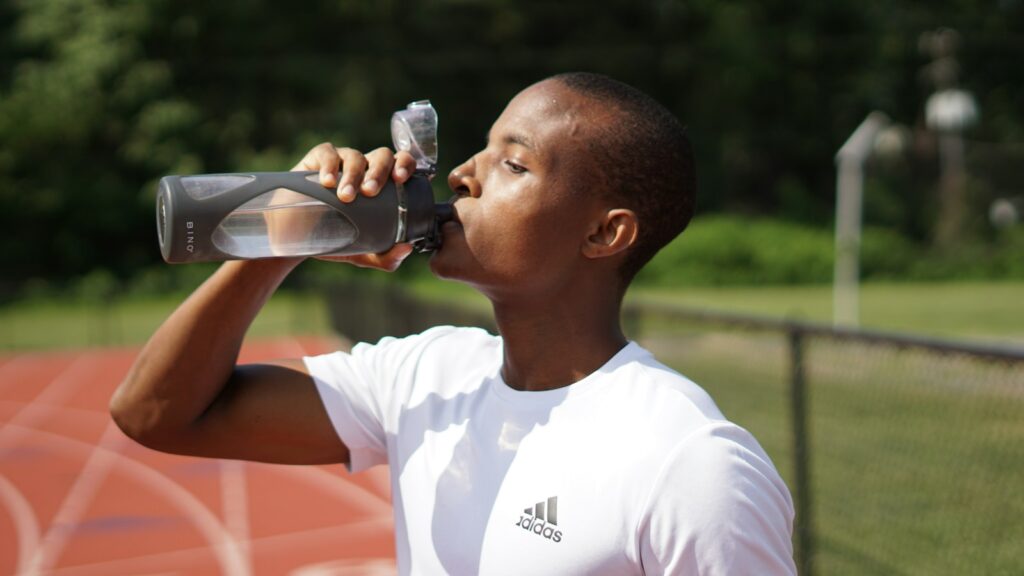
Proper hydration represents one of the most controllable yet frequently neglected aspects of cycling performance. By understanding your unique fluid requirements, implementing structured drinking schedules, and balancing water with appropriate electrolyte replacement, you can significantly enhance your riding experience while reducing risk of both dehydration and hyponatremia. Remember that hydration is highly individual—what works for your riding partners may not be optimal for your physiology. Through consistent attention to hydration before, during, and after rides, you’ll develop personalized strategies that support your cycling goals across all seasons and disciplines. Your performance potential literally flows from these practices, making hydration mastery a worthy pursuit for every dedicated cyclist.

